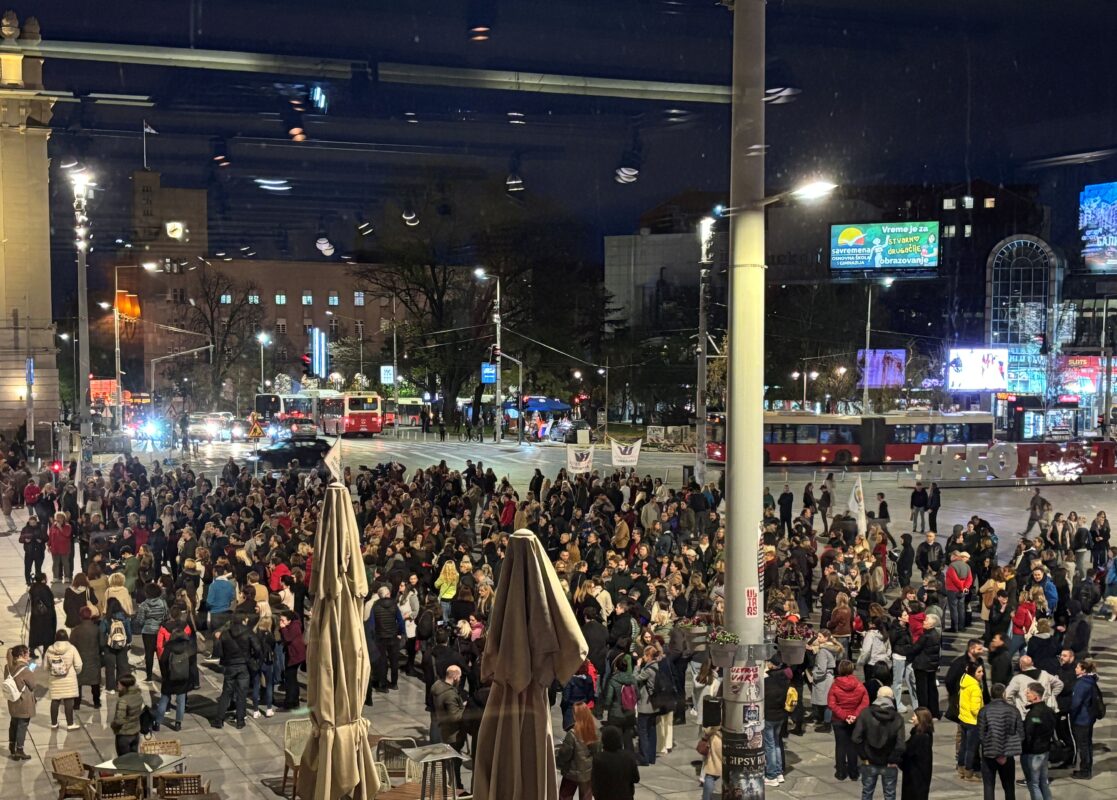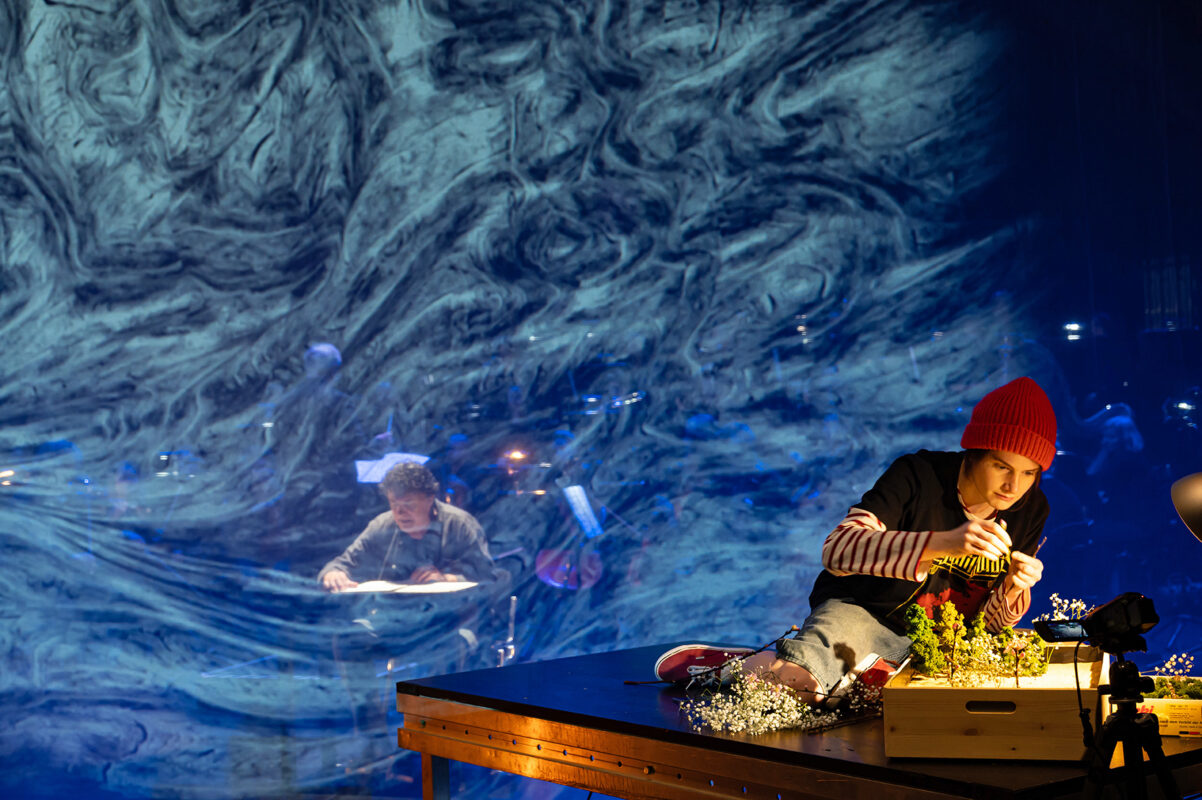Rehabilitation of an era
The third Festival of Early Music in Basel painted a differentiated picture of the decades between the Baroque and Classical eras.
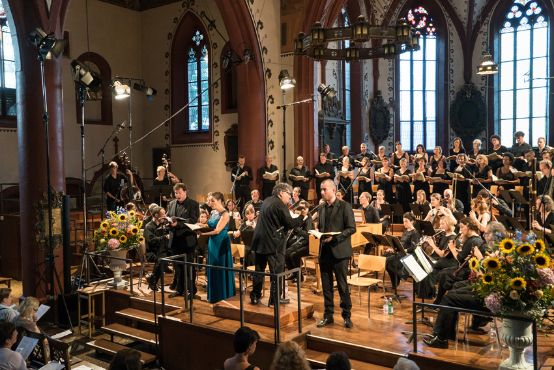
With Joseph Haydn's Creation The third season of the opera went down in a rousing performance under René Jacobs at the end of August. Early Music Festival in Basel to an end. It had begun eight days earlier with J. S. Bach's First Brandenburg Concerto with the ensembles Café Zimmermann and Ripieni Festivi. Bach and Haydn were also the cornerstones of the festival, which was dedicated to the decades between the Baroque and Viennese Classical periods in numerous concerts, lectures and city tours. Peter Reidemeister, the former, long-standing director of the Schola Cantorum Basiliensis (SCB), organized the festival for the third time as Artistic Director together with the energetic entrepreneur Renato Pessi and cleverly and knowledgeably put together an outstanding programme. It was supported by the Association for the Promotion of Basel Graduates in the Field of Early Music. Around one third of the funding came from the public purse and two thirds from foundations and private sponsors.
-
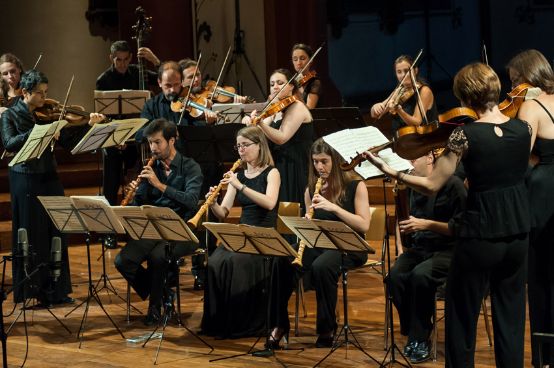
- Photo: Susanna Drescher
- Opening concert with Café Zimmermann and Ripieni Festivi
Reidemeister conceived the three editions of the festival as a trilogy of musical transitional periods, always with reference to Basel. For example, the first festival in 2011 focused on the music of the Basel Council and the transition from the Middle Ages to the Renaissance. Two years later, he showed the juxtaposition of traditional polyphony and "modern" monody around 1600. From Baroque to Classical he now shed light on a long-neglected era. It is only in recent decades that scholars and musicians have turned their attention to this exciting period, rich in inner contradictions, in which the bold harmonic and formal experiments of Bach's sons and other stormy and turbulent composers and the simpler, more intimate tones of Empfindsamkeit stood alongside the "gallant" style of Rococo, in which existing genres, such as opera, were reformed and new ones, such as the string quartet and melodrama, emerged.
Reidemeister emphasized in conversation that this change was not a break, that the old lived on alongside the new. This could be experienced in a concert by the Quatuor Mosaïques with string quartets by Matthias Georg Monn, Haydn and Ludwig van Beethoven, which contain fugues and thus integrate the baroque form par excellence into the new genre. The four musicians played in a highly differentiated manner and with great intensity; the subtle interpretation of the Capriccio from Haydn's C major quartet 20/2 was particularly gripping. The Freiburg Baroque Orchestra and harpsichordist Andreas Staier set a further highlight with luminous performances of suites and concerti; juxtaposed works by father Johann Sebastian and son Carl Philipp Emanuel Bach made the change in style immediately clear. A concert with the freely improvising keyboard musician Dirk Börner and the recitalist Roswitha Schilling was dedicated to the clavichord, a favorite instrument of the era. Even opera was not missing from the varied program: under the direction of Daniela Dolci, the Basel baroque ensemble Musica fiorita performed Domenico Cimarosa's Buffa L'Impresario in angustie light-footed and with a lot of humor. The performance of the melodrama was a journey through time Ariadne on Naxos by Georg Benda, a theatrical hit of its time. Sigrid T'Hooft, a specialist in historical stage practice, had staged it in the style of the era, with more musical than psychological-realistic declamation and rampant baroque gestures. Franziska Ernst as Ariadne and Meinhardt Möbius as Theseus were not only excellent speakers, but had also internalized the sign language to such an extent that there was nothing unnatural about their elegant interpretation. Talented graduates of the Schola Cantorum presented themselves in a series of lunchtime concerts. The violinist Plamena Nikitassova shone in highly virtuoso sonatas by Gaspard Fritz from Geneva and the harpist Giovanna Pessi played soft and soulful music by the Bohemian Johann Baptist Krumpholtz, which already points far ahead into the Romantic period.
-
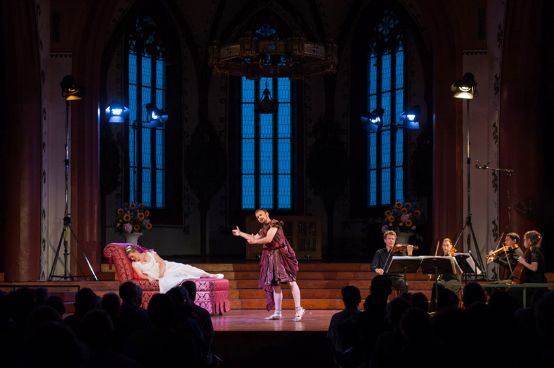
- Photo: Susanna Drescher
- "Ariadne auf Naxos" with Franziska Ernst and Meinhardt Möbius
Special attention was paid to Basel's musical life in the 18th century. The focus was on the music collection of the merchant Lucas Sarasin (1730-1802), unfortunately only a third of which has been preserved, in whose baroque city palace, the "Blue House" on Rheinsprung, concerts were regularly held in which he himself took part. Some of these could be heard in the concert. And this year's festival CD released by the ARS Produktionen label A guest at the Blue House with the young ensemble Der musikalische Garten, which was formed at the Schola Cantorum, brings music from Sarasin's collection.
With the end of his trilogy, Reidemeister stepped down as Artistic Director. The continued existence of the festival is therefore uncertain. Fortunately, Pessi is prepared to continue the series - probably on a smaller scale - and is in contact with possible successors.
Details about the festival
www.festtage-basel.ch






